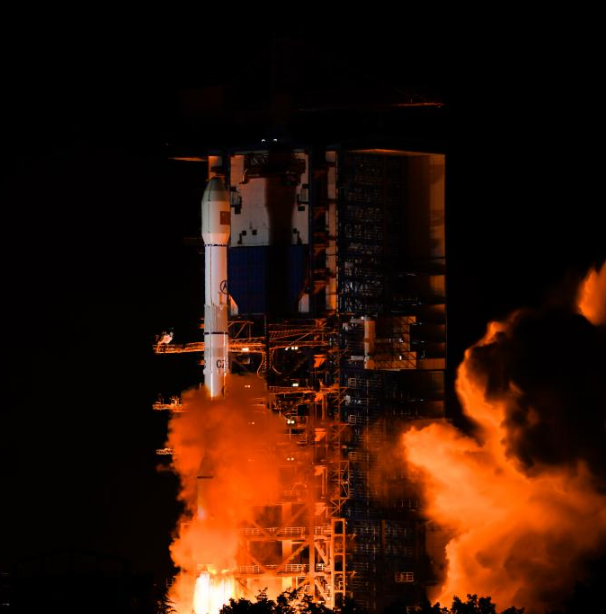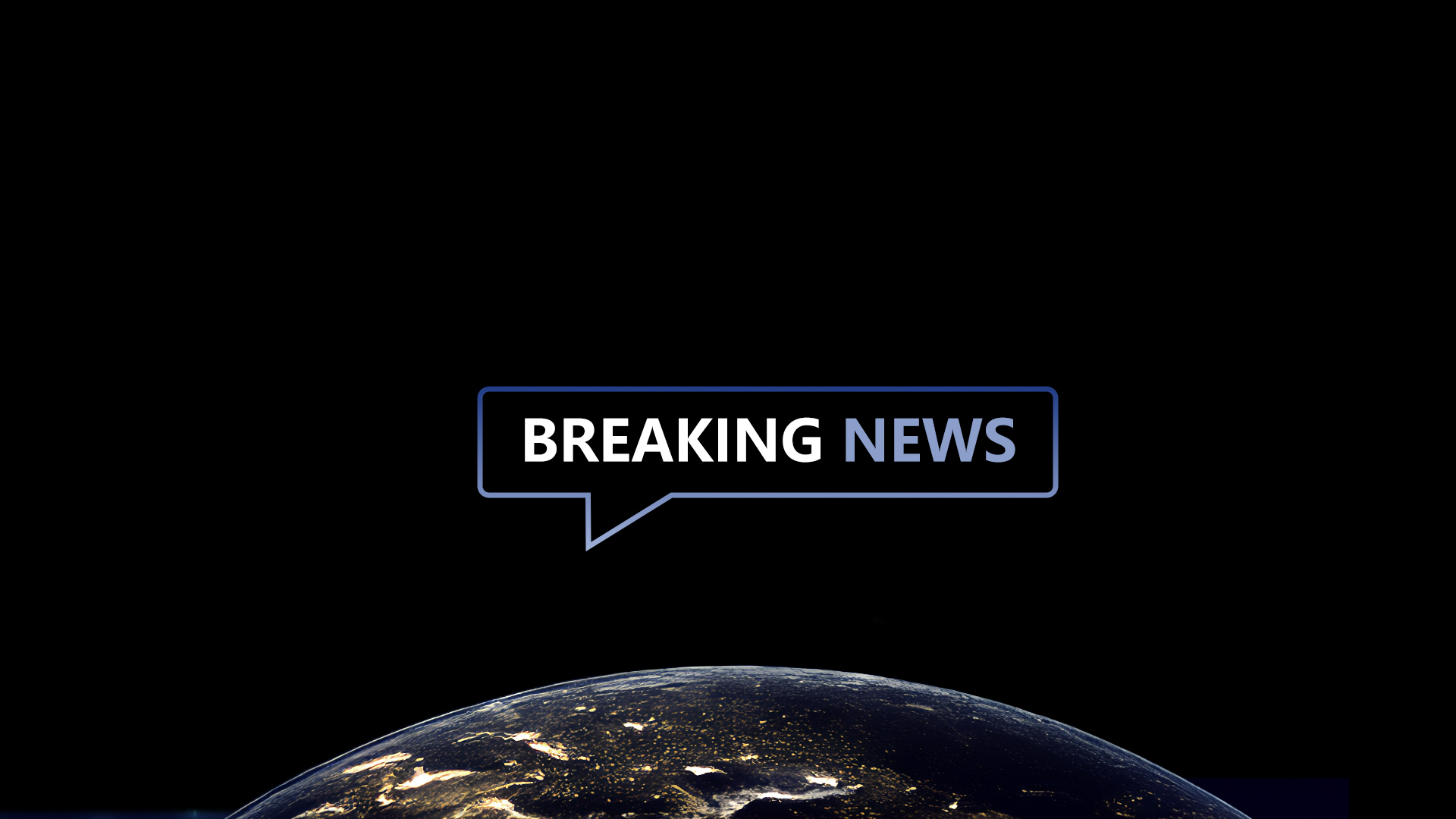16
2023-01
HKATG successfully launched Golden Bauhinia Satellites No.3, No.4 and No.6
At 11:14 on 15 January 2023, Golden Bauhinia Satellites No.3, No.4 and No.6 were launched on board a Long March 2D carrier rocket from Taiyuan Satellite Launch Centre, and were successfully placed into predetermined orbit and completed the network with the seven satellites in orbit.
Golden Bauhinia No.3 and No.4 are optical remote sensing satellites with high-resolution and wide-angle optical cameras under the "Golden Bauhinia" constellation. Among them, Golden Bauhinia No.3 is equipped with China's first astronautically-grade RISC-V high-reliability chip, which significantly improves the arithmetic power of the original satellite computer and effectively reduces the effectiveness of the platform. Golden Bauhinia No.6 is the first optical experiment satellite in the Golden Bauhinia-Qilu Agricultural Constellation, with a resolution of sub-metre level, focusing on the verification of the integrated satellite and ground measurement and control service capability and intelligent image processing algorithms, providing the technical basis and operational solutions for the subsequent large-scale operation of the Golden Bauhinia Constellation and providing remote sensing services for agricultural monitoring in Shandong Province.
This is a new round of launches of the "Golden Bauhinia" constellation project, and the successful formation of the three satellites marks a new level of the company's constellation construction and satellite service capability.
-
29
2025-05

Tianwen-2 Mission Launched Successfully
At 1:31 AM today, China successfully launched the Tianwen-2 planetary exploration probe from the Xichang Satellite Launch Center using the Long March-3B Y110 carrier rocket.
-
13
2025-05

Communication Technology Experiment Satellite No. 19 Successfully Launched
At 2:09 on May 13, China successfully launched the Communication Technology Experiment Satellite No. 19 from the Xichang Satellite Launch Center using a Long March 3B carrier rocket. The satellite smoothly entered its predetermined orbit, and the launch mission was a complete success.
-
12
2025-05

Remote Sensing Satellite No. 40, Group 02, Successfully Launched
On May 11 at 21:27, China successfully launched the Remote Sensing Satellite No. 40, Group 02, from the Taiyuan Satellite Launch Center using a Long March 6A carrier rocket. The satellite entered its predetermined orbit smoothly, and the launch mission was a complete success.









